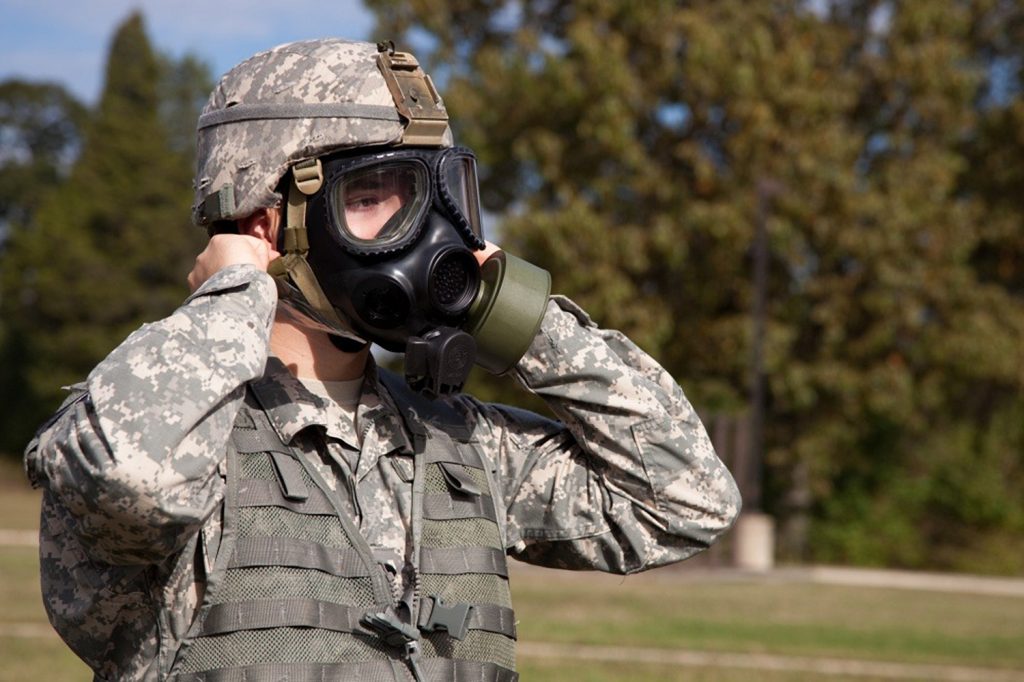The Biological Weapons Convention protocol should be revisited
 After its enactment in 1975, one criticism of the major international treaty banning biological weapons, the Biological Weapons Convention, was that it had no provisions to monitor whether countries were complying with it. Being, as it was, the middle of the Cold War, it was unlikely that the Soviet Union would allow international inspectors to visit its biodefense facilities. But as representatives from dozens of countries prepare to discuss the convention in Geneva this December, it would be worth their while to revisit a long-abandoned protocol that would address flaws in a treaty that some have even derided as a gentleman’s agreement.
After its enactment in 1975, one criticism of the major international treaty banning biological weapons, the Biological Weapons Convention, was that it had no provisions to monitor whether countries were complying with it. Being, as it was, the middle of the Cold War, it was unlikely that the Soviet Union would allow international inspectors to visit its biodefense facilities. But as representatives from dozens of countries prepare to discuss the convention in Geneva this December, it would be worth their while to revisit a long-abandoned protocol that would address flaws in a treaty that some have even derided as a gentleman’s agreement.
After the Soviet Union collapsed, countries sought to address this perceived weakness in the convention by pushing measures to enforce its terms by enacting a so-called protocol to the convention that provided procedures for randomly selected site visits and a rapid means to investigate weapons development, stockpiling, and use. But supporters of the proposal had their hopes dashed in 2001 when the United States pulled out of a UN ad hoc group tasked with drafting the protocol, meaning the proposed provisions never were enacted into international law. US officials were concerned that biological weapons development couldn’t be verified.
No comments:
Post a Comment